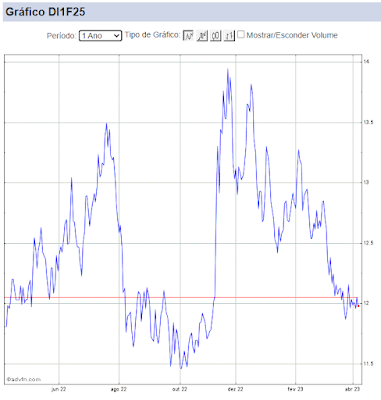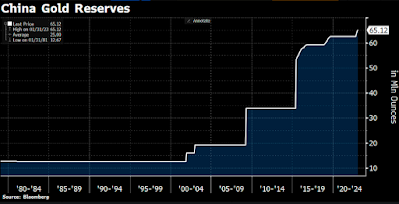Digerindo o Fed.
Os ativos de risco tiveram mais um dia para digerir as recentes
mensagens do Fed, sendo que hoje tivemos novas sinalizações, desta vez por
parte de Dudley – considerado um braço direito de Yellen – na direção de que o Fed
continua focado em dar continuidade ao processo de normalização monetária.
Segundo Dudley: "If I'm convinced that my own forecast
is on track, then I think a tightening in the summer, the June-July time frame,
is a reasonable expectation."
O JPM fez uma
boa análise do discurso de Fisher hoje: Earlier
in the day Board Vice Chair Fischer gave some remarks that were largely
academic in nature but that hinted at a policy leaning that is somewhat more
hawkish than Yellen's. One of Fischer's conclusions was that "what we need
most, now that we are near full employment and are approaching our target
inflation rate, is faster potential growth." This brief remark, pointing
to an economy with a closed output gap, appears to leave less scope for stimulative
demand management policies than was present in Yellen's late March speech.
Acredito que
Jeff Gundlach resumiu maravilhosamente bem a mudança de postura por parte do
Fed: Gundlach believes that the Fed's
thinking has shifted from, 'if the data pattern improves we will have the green
light to hike,' to 'unless the data pattern weakens we have the green
light to hike.
Para Torsten, do
DB: The main problem with all the bearish
stories told in the market is that they differ from the story told by the Fed.
The Fed would likely say “Yes, we understand the risks to the outlook but
we are data dependent, and the incoming data has not been dragged down by all
these fears expressed in the market.” The market, on the other hand, would say
“The Fed has been predicting strong growth for many years, and it didn’t
happen, so why should it happen now?”. In my view, the fundamental difference
is that the Fed thinks in terms of full employment and full capacity, and the
market doesn’t think about the outlook that way. The market thinks that what is
needed is an acceleration in growth, earnings, and hiring, not just above-trend
growth. But why is above-trend growth important, and why do FOMC members always
refer to full employment in their discussions of the outlook? Because when you
reach full employment, that’s when you will start to see a non-linear move up
in wages and inflation, and it is this inflection point that the Fed is trying
to get ahead of by raising rates now.
No Brasil, a arrecadação
federal de abril ficou abaixo das expectativas do mercado, com uma queda de 7%
em termos reais em relação ao mesmo período do ano passado. A situação fiscal
continua trágica e necessita de mudanças urgentes. A nova equipe econômica já
trabalha nesta direção. Segundo a mídia, o déficit fiscal primário deste ano
deverá atingir R$200bi, o que mostra a urgência de medidas de ajuste
estrutural.
Vale a pena apontar para a postura mais agressiva do BCB na
reversão dos swaps cambiais, o que pode estar afetando negativamente o
desempenho dos ativos locais. Mesmo com o câmbio acima de 3,5, em dias de bom
desempenho do dólar no mundo, o BCB vem promovendo a reversão dos swaps, o que
mostra uma maior agressividade, e uma mudança de padrão, em relação ao que
vinha acontecendo até poucos dias atrás.
Minha visão em relação aos mercados permanece inalterada.
Continuo mais negativo com o cenário externo, baseado na percepção de estarmos
vivendo um ambiente muito parecido com aquele que vigou no começo deste ano,
com uma desaceleração da China em meio a um processo de normalização monetária
nos EUA. Ainda vejo espaço para um movimento de fechamento de taxas de juros no
Brasil. Não tenho convicções relevantes para o Ibovespa e para o BRL.


Comentários
Postar um comentário